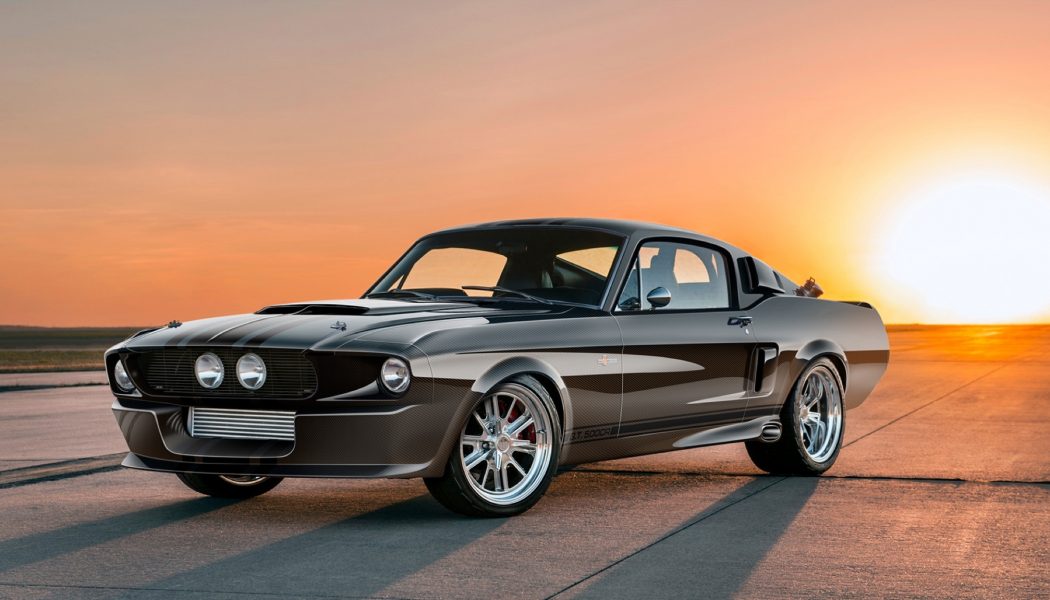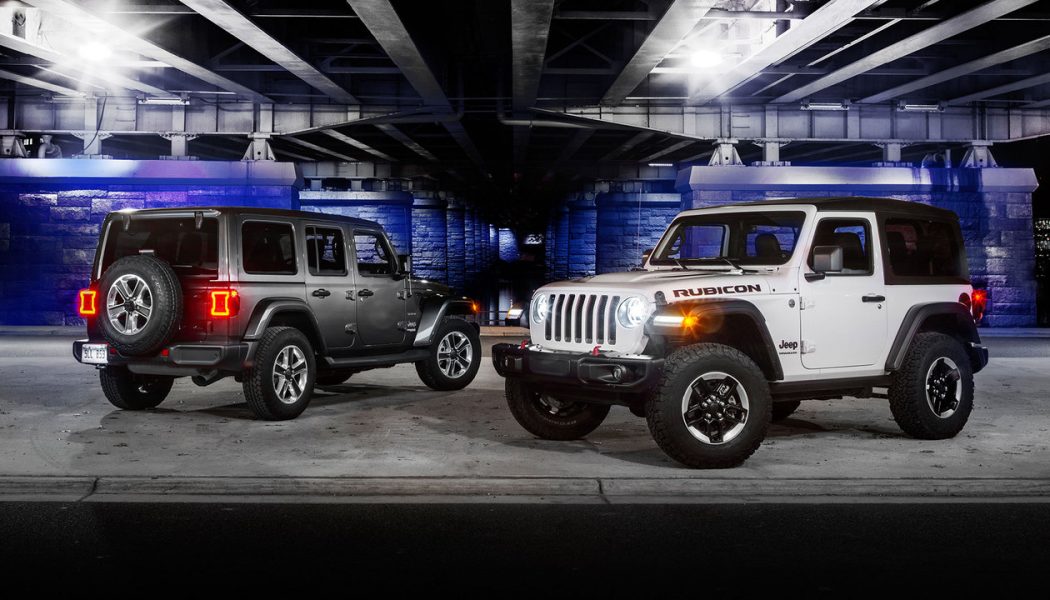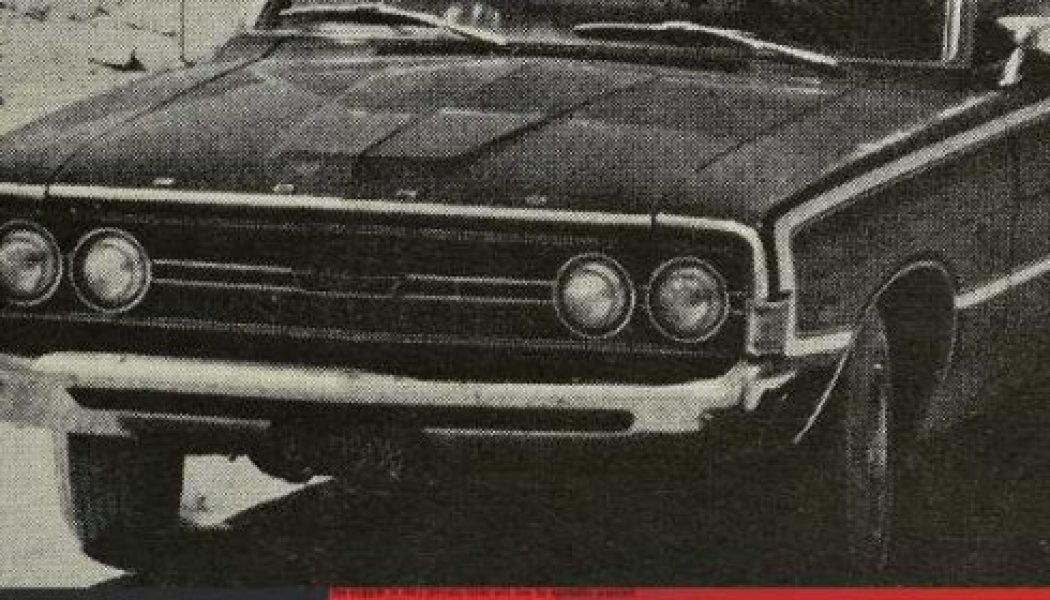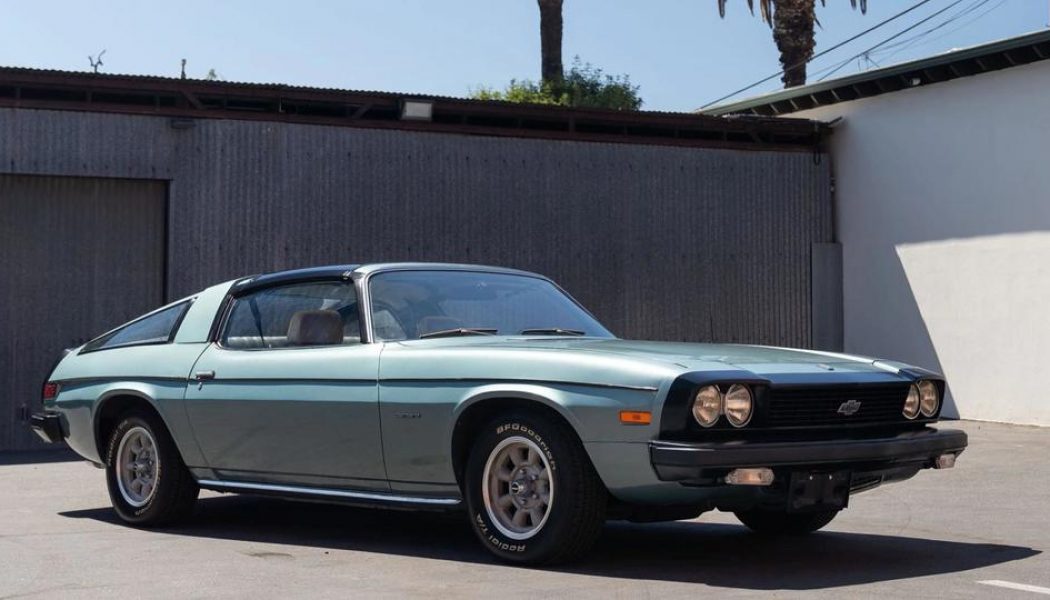Classic Cars
Jaguar’s Late 20th Century Woes: From Failed Le Mans Bid to Management’s Missteps
The 1955 Le Mans race is grimly remembered for Mercedes driver Pierre Levegh’s horrific crash on the pit straight, which claimed the lives of more than 80 spectators. But it’s an event that also deeply affected Jaguar: The only son of company founder Sir William Lyons, John, was killed in a car crash en route to the race. John Lyons was just 25 years old when he died, and it is by no means certain he would have succeeded his father at the helm of Jaguar. But the lack of a successor is often cited as one of the reasons Sir William abruptly decided to merge Jaguar with the British Motor Corporation (BMC)—the company that owned Austin, Morris, MG, Riley, and Wolseley—in 1966. The delicate, six-month-long merger negotiations put the XJ13 program on hold, a fatal delay that meant it...
NASCAR at Le Mans: When a Dodge Charger and Ford Torino Raced in Europe
“They’re going to run what? Where? For how long?” This was likely a common reaction when it was announced that two full-figured NASCAR stockers were going to compete at the 24 Hours of Le Mans in 1976. Wasn’t that a race in a faraway land called France, contested only by funny little furrin’ cars? No, not since 1966, anyway, when Henry Ford II went there with his all-conquering GT program and the notion of trumping Enzo Ferrari at his own game. The result was the original four-peat: back-to-back factory wins in 1966 and 1967, plus two privateer victories by the Gulf-Wyer team in 1968 and 1969 (in the same car, no less). Sportsman/driver/car-builder Briggs Cunningham tried it a decade and a half before, with creditable results including a third overall. Goodnes...
Driving the 1966 Jaguar XJ13, the British Brand’s Stillborn Le Mans Contender
Le Mans, 1968, the way it was meant to sound: the rolling thunder of the 7.0-liter Ford GT40s, the screaming howl of the Ferrari P4s, the edgy rasp of the Porsche 908s, and the metallic snarl of the mid-engine, V-12-powered Jaguar XJ13. The thought of this impossibly low-slung British Racing Green roadster running wheel to wheel down the Mulsanne Straight with scarlet Ferraris, big-banger Fords, and scrappy Porsches is enough to get any enthusiast’s pulse racing. Of course, it never happened. But to wriggle into the one and only XJ13’s snug cockpit, grasp the well-worn wood-rimmed steering wheel, and fire up the fuel-injected V-12 nestling in the small of your back is to get a tantalizing taste of the glorious spectacle it would have been. The XJ13 grew out of a program that st...
Eleanor Hits the Gym: 810-HP Shelby GT500CR Features Lightweight Carbon Fiber Body
Have $298,000 burning a hole in your pocket and a hankering for a classic-looking Shelby GT500 with a modern twist? Meet the GT500CR Carbon Edition, a limited run of just 25 carbon-fiber-bodied specials that just so happen to go on a shocking diet. Shelby claims this special Mustang model tips the scales 600 pounds lighter than the regular GT500CR. There’s also a supercharged “Coyote” 5.0-liter V-8 in the mix, pumping out a claimed 810 hp with a laundry list of mods. Traction is handled by a nine-inch rear end with a limited-slip differential and coilovers to help with handling. Wilwood brakes provide stopping power, and a Tremec-supplied six-speed manual is the only transmission option. But it’s the body that has our full attention. Peek at the gallery below to see...
The Ghia Clan Was a Weird and Wonderful Take on the Ford Falcon
The Ford Falcon doesn’t get the respect it deserves. There wouldn’t be a Ford Mustang at all without the Falcon donating its underpinnings. A small, honest car with an economy mindset; it amazed Ford brass by selling like hotcakes after launch. It even, in a roundabout way, formed the foundation for a long-running Australian muscle car scene. But the first-generation Falcon wagon simply wasn’t that exciting. Blame the fact it was powered by a pair of miserly (and rather miserable) inline-sixes and held back by frumpy styling. That is until Carrozzeria Ghia of Turin got their hands on the Blue Oval’s bird. See all 37 photos Yes, the wild-looking fastback you’re looking at is actually Falcon-based. Ghia had originally played with a similar idea on a Fi...
These Classic Off-Roading Photos Will Make You Want to Hit the Trails
Ever since humans figured out how to ditch the horse, we’ve pointed our horseless carriages—or Jeeps, trucks, bikes, trikes, whatever—at the most impassible, inhospitable, and downright unforgiving terrain we can stub a toe on. Back in the first half of the 20th century, a lot of four-wheeling’ wasn’t done out of recreation, but out of necessity, considering the world wasn’t nearly as paved as it is now. Since then, we’ve turned the idea of tackling the unknown into an international sport, a leisurely pastime, and an integral part of the world of motoring enthusiasts. That’s why we dredged up some choice images of old 4x4s, trucks, Jeeps, SUVs, and buggies getting dirty in the rocks, mud, and sand—all before the advent of the digital camera. We pick...
The Classic Off-Road SUV Comparison Test: Battle of the Jeep Alternatives
Peel away the decades of evolution that have softened the modern SUV—independent suspension, leather-trimmed heated seats, rear-seat entertainment systems, power-adjustable pedals—and what do you have left? Heritage from the golden age of off-roading. The term “sport utility vehicle” didn’t exist back then. People were just realizing that vehicles designed for emergency crews and farmers also made for exciting off-road adventuring. The vehicles became so popular that sales increased by 700 percent between1961 and 1971, growing 31 percent every year in that period. SUVs soon replaced muscle cars as the hot niche. See all 27 photos These machines were simple and honest. Options were geared toward the working man: snowplows, winches, multiple body styles, a rear ...
From the Archives: Jeep Wagoneer vs. Ford Ranchero vs. GMC Pickup vs. Dodge A-108
The current state of the world has us thinking about getting away from it all. This story from our September 1968 issue, featuring a Jeep Wagoneer, Ford Ranchero, GMC pickup, and Dodge camper, helped us scratch that itch. Hopefully it does the same for you–Ed. Something’s wrong. The moment you find yourself and four other virile, red-blooded males of unquestionable romantic heritage sitting innocently in the Corkscrew Saloon 187 feet below sea level at midnight in Death Valley discussing epistemology, theoretical physics and the insidious road to Beatty, Nevada, you know, just know, that this neat little progressive civilization of ours screwed up somewhere along the way. Off-the-road? Remote? Bull. There we were, cursed with a four-wheel-drive Jeep Wagoneer, a rugged For...
Li’l SebAston: This Small, $46,000 Aston Martin EV Can Hit 30 MPH (!)
The Aston Martin DB5 is an icon, and rightfully so. But how to share its delightful driving experience with a younger generation? The Little Car Company and Aston Martin got together and cooked up a scaled-down car you’d be hard-pressed to call a “toy” with a straight face. The DB5 Junior, as its called, can hit 30 mph in its unrestricted drive mode—not fast by conventional car standards, but no Power Wheels can touch this $46,000 EV. And there’s an even faster version. See all 9 photos As an electric vehicle, it’s also a zero-emissions vehicle. The DB5 Junior packs a 6.7-hp electric motor and sufficient battery power to provide a claimed 20-mile maximum range. Novice Mode limits power to just 1.3 hp, a 12-mph top speed, and a 100-foot operating radius from th...
Get a Load of These Crazy and Rare Spare Parts at the Elkhart Collection Auction
Following the scandal surrounding Indiana businessman Najeeb Khan and his alleged $100-million fraud case, his impeccable and equally eclectic collection of cars is crossing the auction block later this fall in hopes of paying back at least some of the absconded funds. It’s an understatement to say this RM Sotheby’s auction, dubbed the Elkhart Collection for the Indiana location of Khan’s former company, is one of the finer vehicular collections to be sold en masse; any auction house would be over the moon to fill a docket this lavishly from an assortment of different owners, never mind the chance to offer a plug-and-play collection all in one sale. See all 9 photos Looking over the RM Sotheby’s Elkhart Collection auction’s extensive catalog, it looks like eve...
This ’70s Italian Freak Job Is Actually a Chevy Camaro
The second-generation Chevy Camaro cemented the pony car as a very American expression of automotive muscle. You’re probably hearing a wailing hair metal riff in your head as you’re thinking about it, actually. But what if the Camaro went a different direction, with European styling that’s more Turin than Detroit? It actually happened, and it’s our understanding that Chevrolet commissioned the design. You’re looking at the 1976 Chevrolet Camaro Europo Hurst, designed by Pietro Frua—a glimpse into an alternate reality where this arch-nemesis of the Ford Mustang paired Italian styling with American brawn. See all 38 photos Is it the prettiest of Frua’s designs? Probably not. Frua penned a number of distinctive Maseratis, and some interesting Glas and Monte...
The Original Mini Is an Icon and These Classic Images Prove It
Americans have plenty of automotive icons, including the Ford Mustang, Chevrolet Corvette, the 1959 Cadillac Coupe DeVille, the 1955-1957 Chevrolet Bel Air—it’s a long list. We have quite a few superstars in our stables, but we often forget this grouping of immortal Detroit iron doesn’t hold nearly as high a status abroad, especially in places such as the United Kingdom. Indeed, the Brits have their own pantheon of vehicular greats, and we felt it was high time to feature the smallest yet brightest star from among the bunch—the Mini Cooper. We’ve scrounged around the archives to put together a folio of vintage photos of classic Minis doing whatever classic Minis are wont to do. As usual, we picked out a few of our favorites to highlight below, but don’t miss the ful...



















